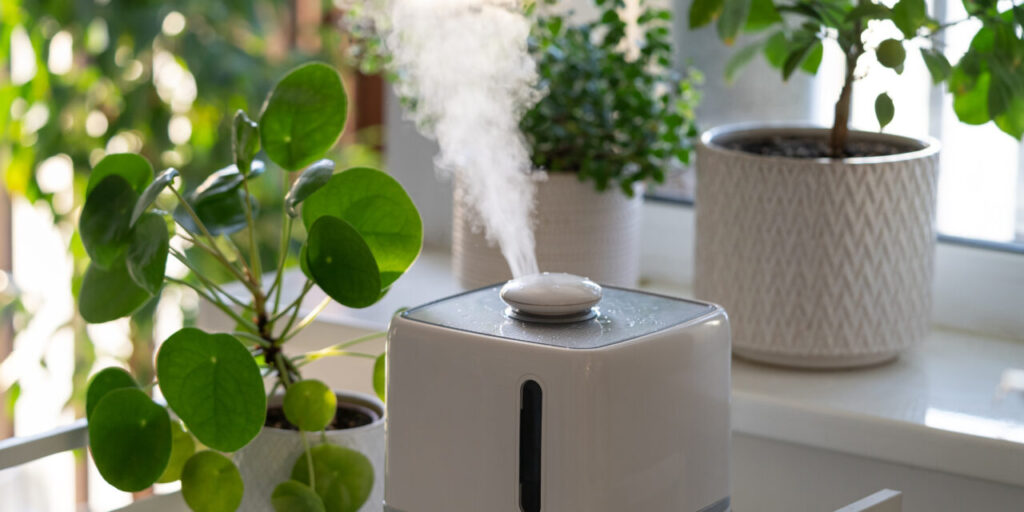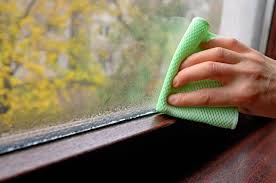In simple terms, Humidity refers to the amount of water vapor in the air. At 100% humidity, the air holds so much moisture that it either rains or condenses, settling on surfaces (commonly known as the dew point). When we speak of relative humidity, say 50%, the surrounding air contains precisely 50% of the maximum amount of water vapor it can hold.
Several factors influence humidity levels:
Factors Affecting Humidity
- Season: Higher humidity in summers due to warmer air holding more moisture; lower in winters.
- Location: Proximity to water bodies or tropical regions leads to higher humidity than drier areas.
- Indoor Climate: Heating systems can decrease indoor humidity, while humidifiers increase it.
Ideal Humidity Levels at Home
People generally feel comfortable within 30–60% relative humidity. However, the recommended range narrows slightly to 40–60% for health purposes.

Impact of Humidity on Health
Humidity’s link to health takes various forms. Surprisingly, evidence suggests that people might better handle stress when humidity is between 42–48%. Extreme humidity shifts can amplify stress responses.
On average, people spending over half their time in 30–60% humidity conditions experience 25% less stress than those exposed to drier air.
Risks of High Humidity
- Increased Allergy Risk: Dust mites and mold thrive at 80% humidity, leading to various allergic reactions, including coughing, chronic runny noses, itching, and skin irritations.
- Exposure to Toxic Vapors: Elevated humidity prompts the release of toxic formaldehyde from indoor materials, causing eye irritation, throat discomfort, coughing, nausea, and skin irritation.
- Heat Stress: High humidity hampers sweat evaporation, leading to overheating and, in severe cases, heatstroke.
Risks of Low Humidity
- Dry Mucous Membranes: Low humidity dries out nasal passages and eyes, increasing susceptibility to respiratory infections and dry eye syndrome.
- Increased Infection Risk: Airborne pathogens thrive between 40% and 70% humidity, making infections more likely.
- Skin Issues: Dryness can cause flaky skin and irritation on exposed body parts.
Adjusting Home Humidity
For an accurate reading, use a hygrometer to measure relative humidity. Things are ideal if it falls within the 40–60% range. Here’s what to do if it’s off:

Low Humidity Solutions
- Purchase a Humidifier: This device increases indoor moisture quickly.
- Strategic Water Placement: Set open water containers or keep moisture-rich plants around the house.
- Explore DIY Methods: Implement simple home remedies to add moisture.
High Humidity Solutions
- Use a Dehumidifier: Removes excess moisture from the air.
- Air Conditioning: Acts as a dehumidifier, reducing excess moisture.
- Ventilation: Regularly airing and ventilating the space lowers humidity levels efficiently.
Maintaining optimal humidity levels not only ensures comfort but also significantly promotes better health and well-being within your home.

